Terence Lane
This is an ongoing long-term OutForest project which relates to tensions arising as a result of housing developments that are being constructed close to the edge, and in some cases encroaching upon and thus re-defining the boundary, of a protected but diminishing ancient forest. Ironies as developers invite people to live in a forest yet they chop the forest out to build the new housing development.

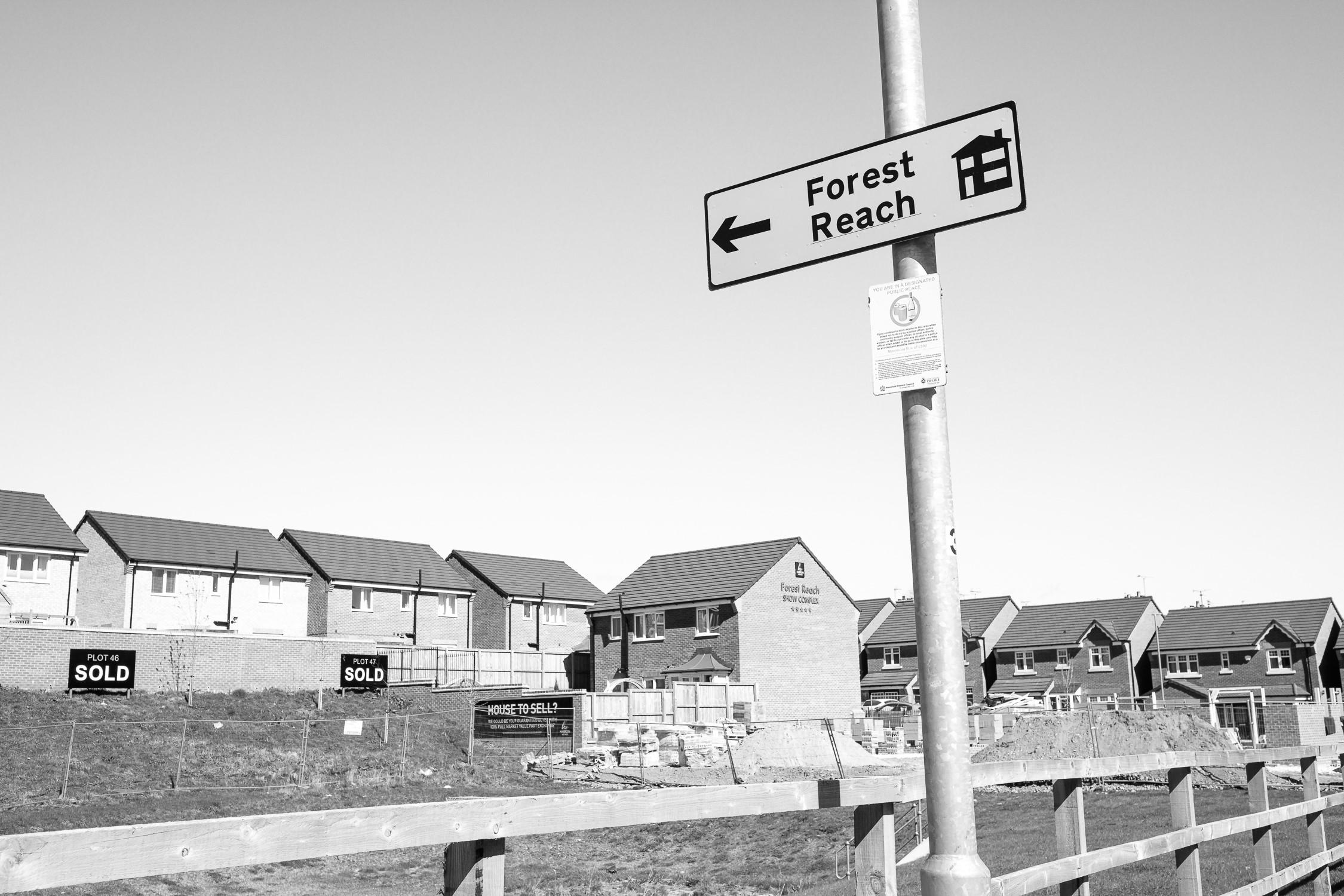
Celine Alexander Brown
As we emerged from lockdown, I was drawn to a more creative approach with my photography.
I have been experimenting with Intentional Camera Movement and creative post processing. This is my different view of the world.






Lyn Newton
Lapland - through blurred eyes
On a recent visit to Lapland I was blown away by the colours and the broody atmosphere under the almost relentless dark rain sodden clouds. I ditched the idea of recording what I saw and set about trying to capture the atmosphere and the autumn colours heightened by the dark forbidding skies. At first it was hard to discipline myself to use ICM and Multiple Exposure techniques only but I persisted and began to really enjoy the challenge. Even better, the resulting images captured the way I felt about the landscape.





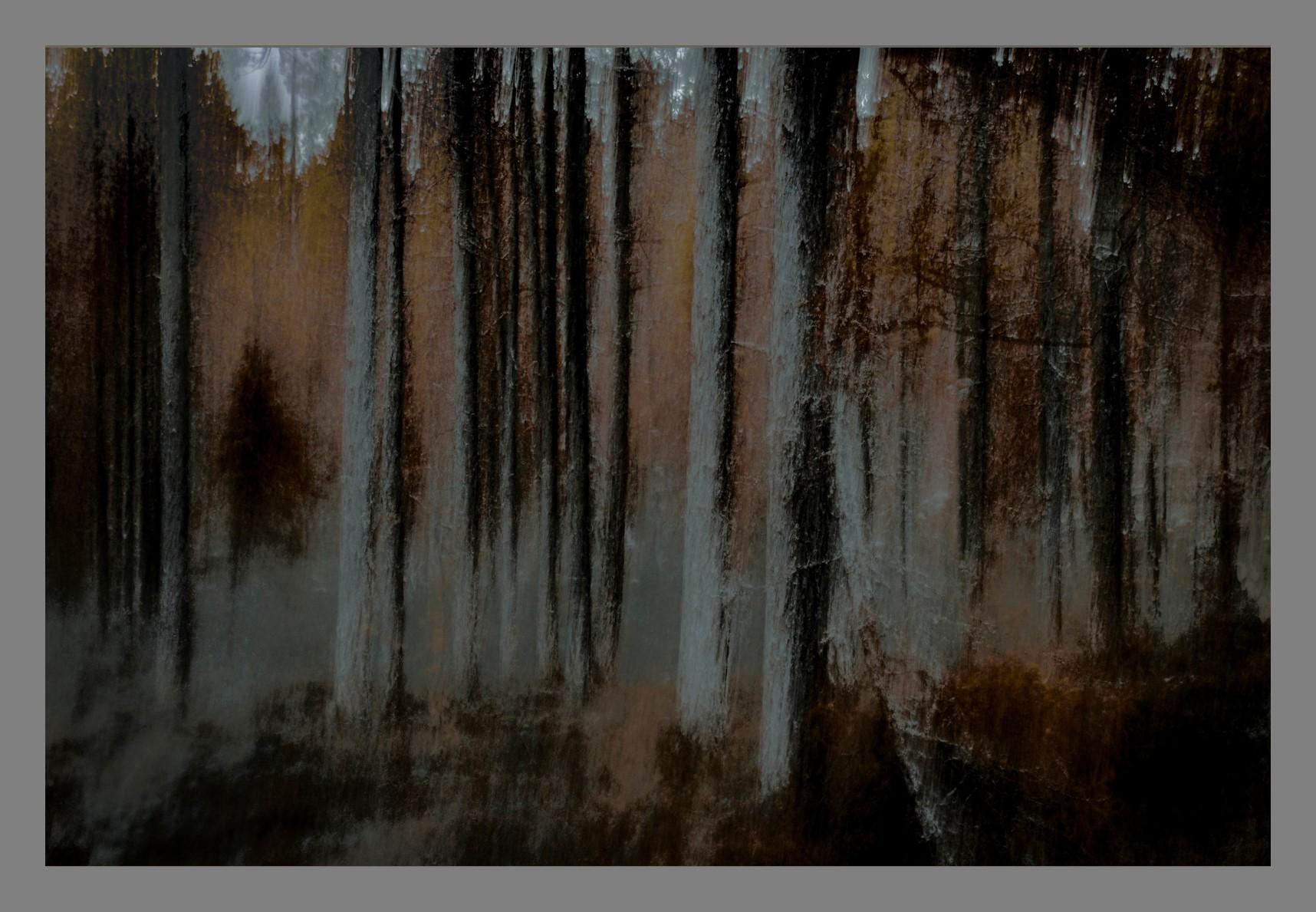

Harry Silcock
My topic was a wet day of street photography in Blackpool.
Most of my photographs were taken from within the shelter of a bus stop, several of which were of people looking out of bus windows.


As well as commenting on the lawfulness of taking street photographs in public places, a discussion developed about the principles of doing this, either with the consent of the subject or without their knowledge. Some strong opinions were expressed both 'for' and 'against' the principle, without any firm conclusion being reached.

 Neil Wittmann
Neil Wittmann
Haiku photography
Whenever I am moored at Saltaire I enjoy visiting the Salts Mill Galleries. It was there, in the winter of 21/22 that a small book of Haiku caught my eye and a short time afterwards gave rise to the idea that I might write three line ‘titles’ to go with some of my pictures.
The first, as I remember it, was ‘Cappuccino and cake’, created while waiting for my cappuccino and cake to be delivered to me in the Cafe into the Opera at Salts Mill.
From where I sat I took a photograph, played around with it and then thought about why I had taken the picture and what it meant to me. On posting these to Instagram I will usually attach the #almosthaiku as I have never really been particularly interested in poetry and so have no skill in writing it.
I enjoy combining my pictures with my thoughts and am pleased with most of the results in spite of the poor quality of my almosthaiku.
I am also working on a concertina booklet containing some of my haiku photography.

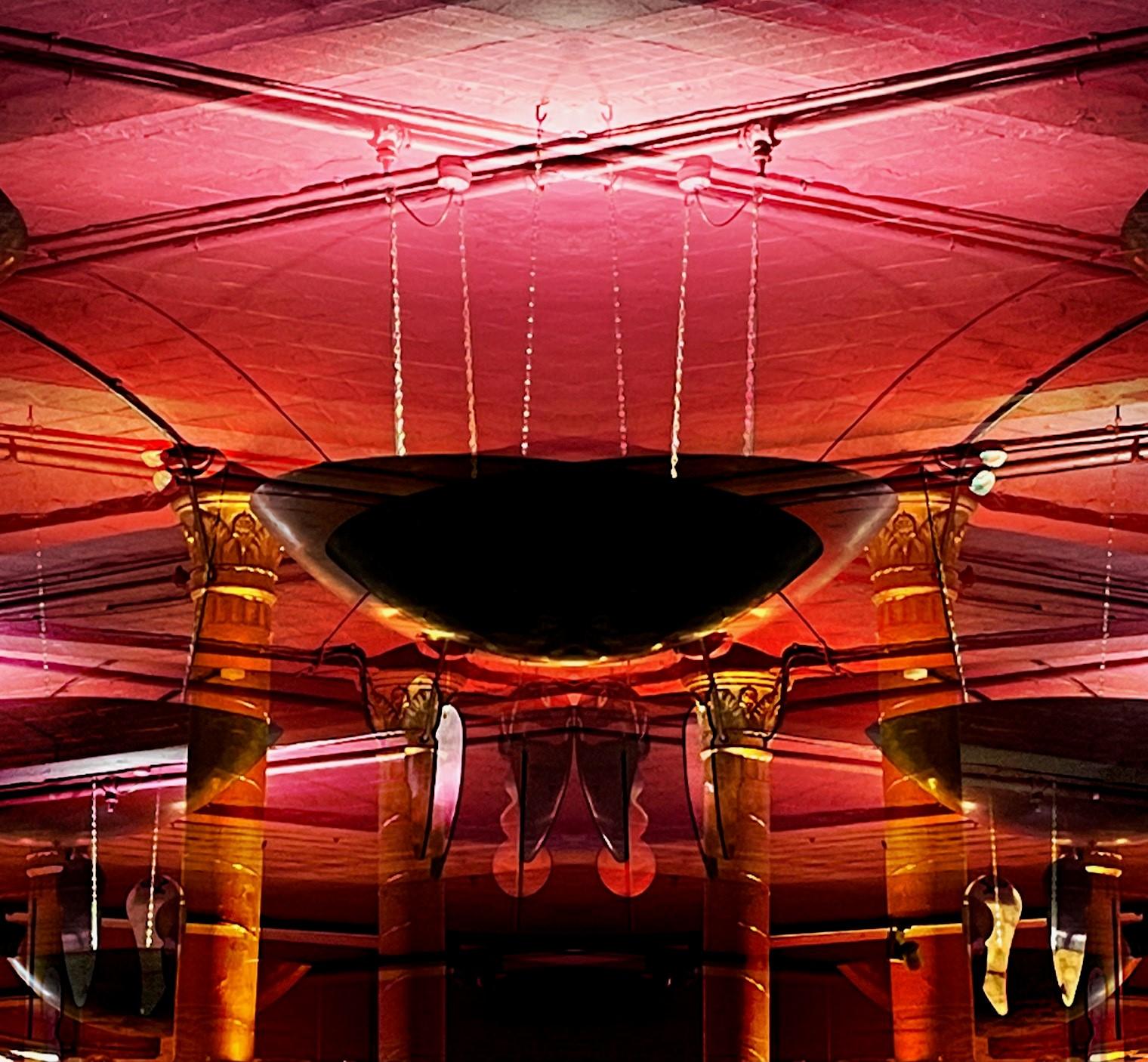 A purple sky Held up by golden trees Cappuccino and cake.
A purple sky Held up by golden trees Cappuccino and cake.
Liminal spaces
Liminal places
A mind’s eye perspective.

On a walk from place to place.
In a time from then ‘till now. A liminality observed.

The first geese. The first day. The first year.


Passionate sunset Afternoon delight Treasured moment
Spirit of the Oak Meditating on the year ahead A wakening anticipation


The Ash Yggdrasil and the space time continuum Does one have precedence?
Wendy North
The therapeutic power of photography -
Wendy recently received the following heart warming email:
‘In 2020 I asked for your permission to use your entry to the Beautiful Barnsley competition, the wonderful summer scene at Pye Flatts, for a new project putting artworks into care and community settings. A print of your photograph has already visited several care homes, along with a pack of sensory activities that link to the image, to summer and the flowers you find at Pye Flatts.
Yours was one of four photographs from the competition that have been used on the project, each one representing a different season. The residents in participating care homes have received postcard packs of all four photographs, with the information each photographer submitted on the back. We also distributed packs of cards via Age UK during lock-down. Over 300 packs have been given.
More recently an additional set of the photos has been reproduced for display in the consultation rooms of Barnsley Hospital’s chemotherapy ward. I have attached a photo of yours in situ. I am currently working on an information panel that will hang in the waiting area that will include what you told us about your piece.

I know how much pleasure people get from seeing their hometown portrayed in such a beautiful light.
The intensive care unit at Barnsley Hospital have also expressed an interest.’
What a wonderful accolade—well done Wendy!

Adrian James
On a recent rail trip around Italy, my wife and I stopped overnight in Florence, staying near the old city centre which was named as a UNESCO World Heritage Site in 1982. The historic centre of Florence is renowned both for its legacy of some 700 years of cultural and artistic achievement, as well as its architecture, much of which is medieval.

At the heart of the old city lies the Ponte Vecchio, a marvellous 14th century Bridge lined with shops, many of which opened as long ago as the 16th century. It has been argued that it is within the context of Florence that the concept of the Renaissance was born, a heritage that bestows upon Florence historical and aesthetic qualities that many regard as creating a unique social and urban environment that is the result of persistent and long-lasting creativity.



In the evening, we decided to explore the old city, walking along the River Arno towards the Ponte Vecchio to do some window shopping. Fortunately, I decided to take my camera with me and I very soon spotted some very attractive shop windows and started to take a few images. As we walked around, I became conscious of the unique qualities of many of these shops and (somewhat to my wife’s frustration!) became absorbed in trying to capture as many images as I could.
A number of thoughts occurred to me as my mini-project developed. The first was that so many shop windows seemed to reflect the artistic and cultural history of Florence in terms of the design and aesthetic quality of their displays. Yes, they were marketing their goods, but many of the displays were like miniature stage sets - beautifully lit (fortunately for me, as it was getting dark!) and beautifully designed, embodying what I saw as a very Italian (and certainly Florentine) style. Certainly there was a mixture of small artisan shops as well as some selling famous brand names, but they all seemed to provide a testimonial that reflected and perpetuated the historical image of the city.





It occurred to me that this was partly due to the architectural legacy of the old city - many of the shops, often with traditional vaulted ceilings, were small, regardless of whether they were selling unique Florentine handicraft and traditional products, such as jewellery or leather goods, or world-famous brands - missing were the large plate-glass-fronted stores of so many city centres. As we walked around it also occurred to me that, quite apart from the cultural legacy of Florence, the emphasis on beautiful, artistic, and often minimalist window displays was perhaps a consequence of the need for traders to adopt a qualitatively different approach to selling their goods in the absence of large shop fronts facing onto wide shopping streets or shopping malls.



As we walked around, I also became very conscious of another facet of Italian style - there were significantly more shops that were selling mens’ clothing and fashions than I have seen in any UK city in recent years, something which told its own story of the fashion-consciousness of Italian men!
So what started off as an evening stroll around the old city became a thought-provoking exploration of the relationship between culture, old and new, local and national, as well as the impact that architecture can have on consumers and traders, be they local artisans or global brand names - as well as an exciting photographic opportunity. It was a rich and uniquely Florentine, and possibly Italian, experience. The following day, it rained!
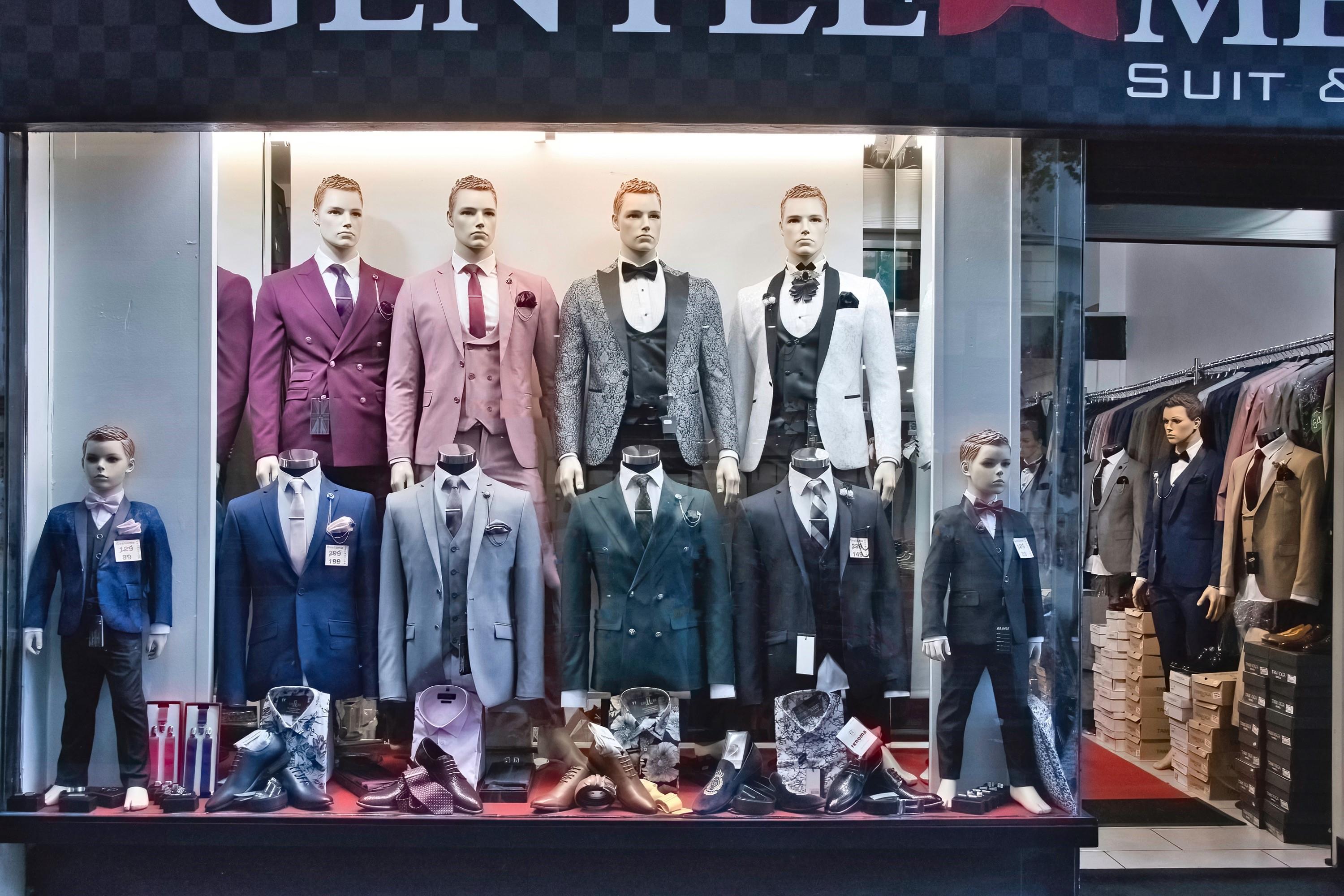















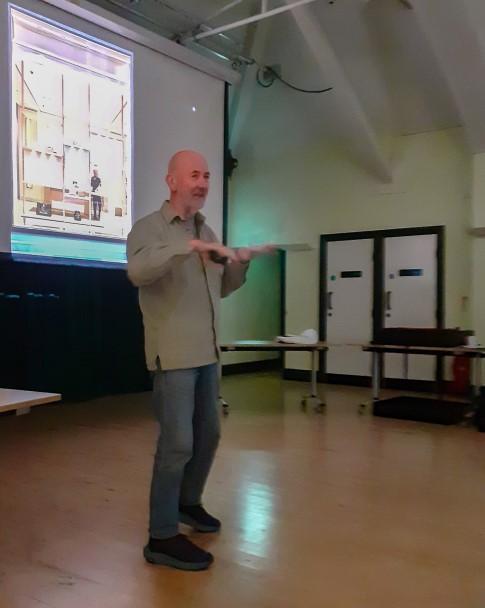





















 Neil Wittmann
Neil Wittmann

 A purple sky Held up by golden trees Cappuccino and cake.
A purple sky Held up by golden trees Cappuccino and cake.




















